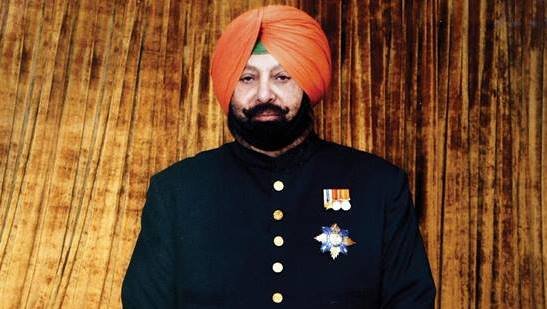
“He deserves a distinguished services medal for using a human shield against stone-pelters in Kashmir”Capt Amarinder Singh
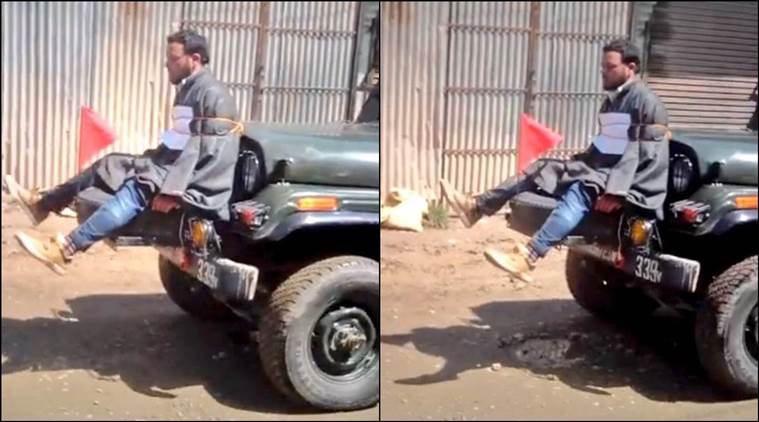
Tough situations warrant tough reactions, and dangerous situations often, if not always, merit daring actions. When Major Nitin Gogoi decided (and, mind you, it could not have been anything other than a split-second decision) to use a civilian as a “human shield” to protect his men from a stone-pelting mob, he was simply reacting to a tough situation in a dangerous environment.
That our jawans are exposed to these kind of dangers every day, not only at the precarious borders, but also within the so-called protected confines of the country, is something we all know. Unfortunately, however, most of us fail to appreciate the gravity of such a situation, or deliberately choose to ignore the perils associated with it, for the army personnel, of course, but, and perhaps even more importantly, for the nation at large. And when someone does try to understand the complexities of such a situation and chooses to follow a path less treaded, he or she is accused of being insensitive to the concerns of the ordinary people of the land, in gross violation of their human rights. Or condemned for taking a stand contrary to that of the majority.
Contrarian or not, my opinion on the Major Gogoi episode is clearly and unequivocally in favour of the officer, who only did what was absolutely correct, and possibly the only sane and logical course of action available to him, in the circumstances.
Unfortunately, there were not many willing to pat his back for his remarkable presence of mind and timely action that probably saved the lives of many of his men, for whom he was responsible as their officer in charge.
Some feel I have gone too far in actually demanding a distinguished services medal for the daring officer. Is that so? Does an army officer not deserve a reward for saving lives? Or is it the destiny of all army personnel to sacrifice their lives, if not to the enemy at the border, then at the hands of the very civilians they are designated to protect? Quite frankly, I am unable to understand the logic-defying argument of the proponents of the school of thinking which treats a jawan’s life with a pinch of salt — as a dispensable commodity.
Nor can I support the view that an army officer should behave like a gentleman, come what may, and whatever the provocation. There is a time and place to be polite and courteous, and a time and place for aggression and retaliation. After all, who can remain unaffected and unprovoked by the sight of the badly mutilated body of an army jawan, and that too during peace time?
Or, for that matter, by reports of the cowardly abduction and killing of a young army officer attending a family wedding on a holiday?
I cannot, and will not accept the argument that reacting or retaliating to such acts is detrimental to peace, and we should, hence, maintain a stoic brave front in the face of such atrocities. Peace, in my opinion, is only possible if the government writ runs large, which, naturally, also means that the Indian Army should have an upper hand to be able to negotiate peace on terms that are favourable to the country and in the interest of its people, including our brave jawans.
This holds good for a volatile state like Jammu and Kashmir, and also for dealing with border conflicts, such as the Indo-Pak border situation. The vulnerability of Indian soldiers in both these environments necessitates some bold steps, including giving a free hand to the Indian army, which cannot possibly fight with its hands tied behind its back. It also requires looking at things through a different lens from the one we have been using all these years. A tooth for a tooth and a nail for a nail may sound a crude way of putting it, but the fact is that brutality and barbarism need to be tackled with an iron fist, which our armed forces can do only if they are freed of the “gentleman’s army” label they have been perforce carrying all these years.
Let me clarify here that what I am advocating is not all-out war. All I am proposing is a tougher national policy for dealing with inimical forces, operating from both within and outside Indian borders. This, and this alone, can lead to the establishment of permanent peace in the long-term. As the chief minister of Punjab, a sensitive state bordering Pakistan, I am fully aware of the dangers of conflict of any kind and do not propound violence as a means for settling issues. At the same time, however, I strongly believe that negotiations for peace can be possible only when both sides are dealing with each other from a position of equal strength. And eventually, peace is what we need if we are to progress as powerful nations, ready to lead the world into a brighter future.
So, whether it is a matter of tackling the Kashmir strife or the issue of mending ties with Pakistan, the key lies in taking a few tough decisions to address tough situations. It is not an easy task, of course. It could not have been easy for Major Gogoi to take that difficult decision which earned him the wrath of human rights activists, but, at the same time, helped save many innocent lives.
Nor will it be easy for the Indian army to shed the gentleman’s tag and adopt a more aggressive role vis-a-vis the enemy. But then, the road to peace is never easy. One just needs to find an easy way to follow a tough course.




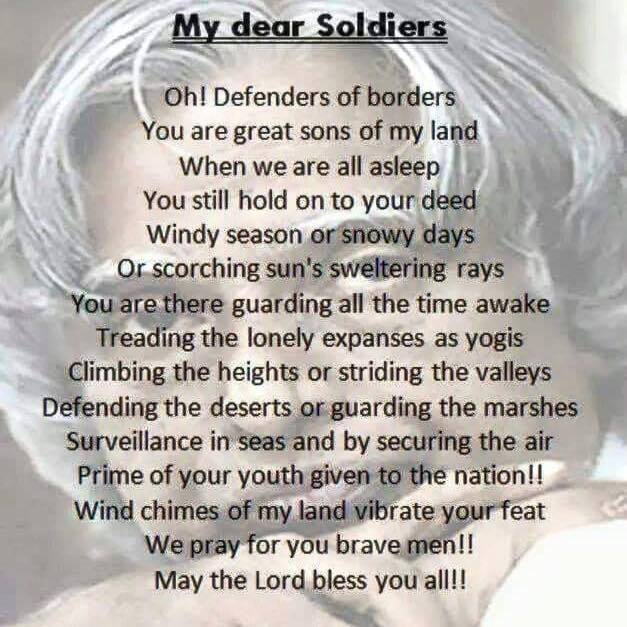





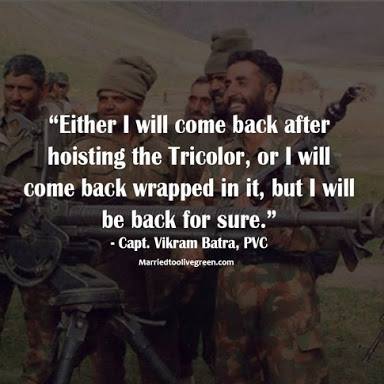
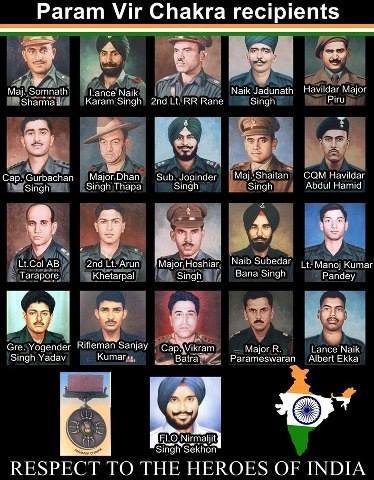

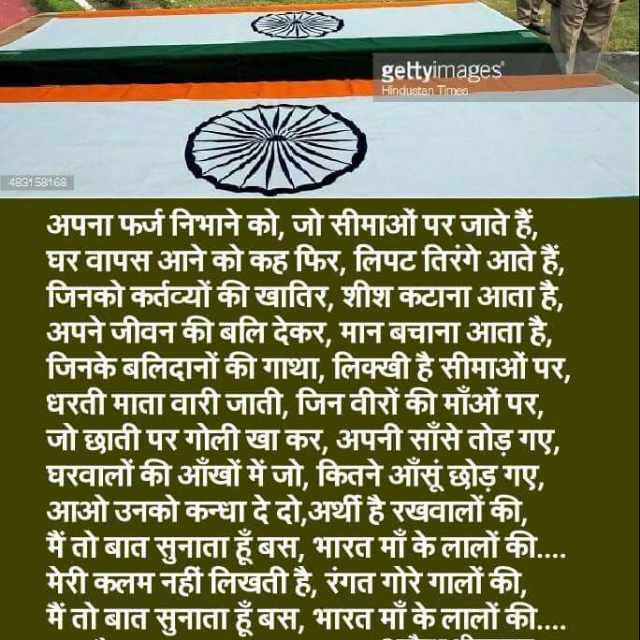
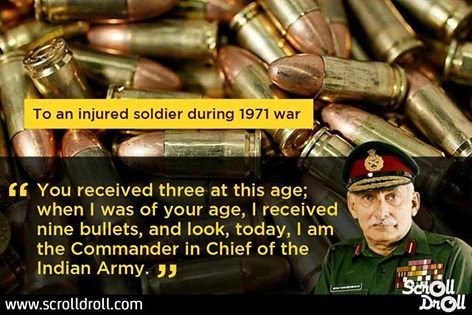

















































 Reuters
Reuters


 HT PHOTOS
HT PHOTOS
























































